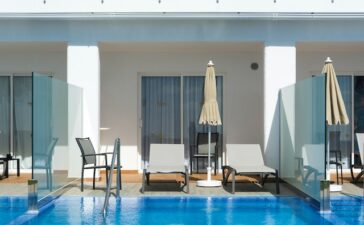“Active rest” is the type of rest that is ideal for athletic horses. Altering the level of difficulty of the training, the kind of training, the speed with which it is performed, the path it takes, or even the location where it is carried out is preferable to entirely pausing it. The following are some ideas that might help you make “active rest” effective for your horse.
1. Do Different Activities- Around once or twice every week, you should do something new with your horse, such as the following: ride your dressage horse in the woods or to the beach; engage in gymkhana activities with a Western pleasure mount or practise side passes inside the ring with your endurance horse. Make sure the horse is wearing good horseshoes while performing these activities.

You and your horse could benefit from a “working vacation” after a competition season, during which you transition to something completely different from what you were doing before. After a period of intense mental and physical labour, our competitive horses will benefit from two or three weeks of country riding or herding animals to restore their energy. In the heat of competition, riders may get carried away with the notion that their sport calls for a methodical approach, to the point that they lose sight of the fact that the horse’s well-being and contentment should be their primary concern.

2. Cultivate Complementary Skills – A change in environment, such as getting a dressage horse to the trail, or a trail horse to the arena, can give cerebral stimulation without stressing the body in the same way. You can address concerns that you have been having with your normal training routine by engaging in some form of active rest. For a horse that is deficient in forward movement, engaging in a sport that is more fundamentally interesting for the horse than dressage or exhibiting, such as cross-country riding, jumping, or stock work, can help develop these characteristics in the animal. Horses who have a propensity for being fiery and tight might benefit from quiet training since it can help them establish tranquillity and minimise stiffness. Hill training while using long rein assists in the development of a longer, lower body and fosters the growth of the muscles that are responsible for propulsion. A strong endurance horse will benefit from some training in the dressage ring.
3. Give it the Right Kind of Rest- After a 100-mile-long endurance ride or a multiple-day event, for instance, or after a long and hectic show season, a horse may benefit from true rest, during which it is not ridden at all. This can be helpful. But he requires more than a respite from physical exertion; you would want to give him a chance to relax psychologically and simply be a horse for a bit so that he can regain his equilibrium. And this necessitates having the opportunity to unwind in an atmosphere that is less stressful, such as being able to move around and in turnout with pleasant friends rather than having to stand in a stall the whole time.














